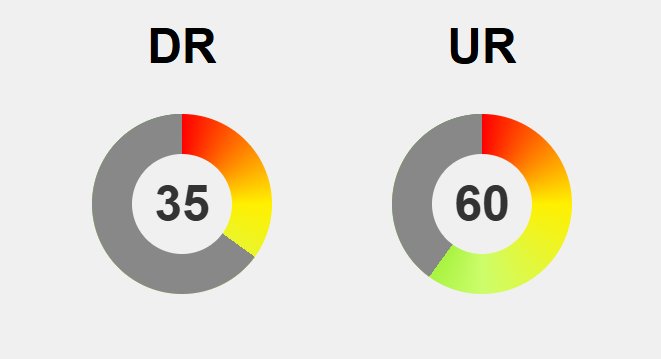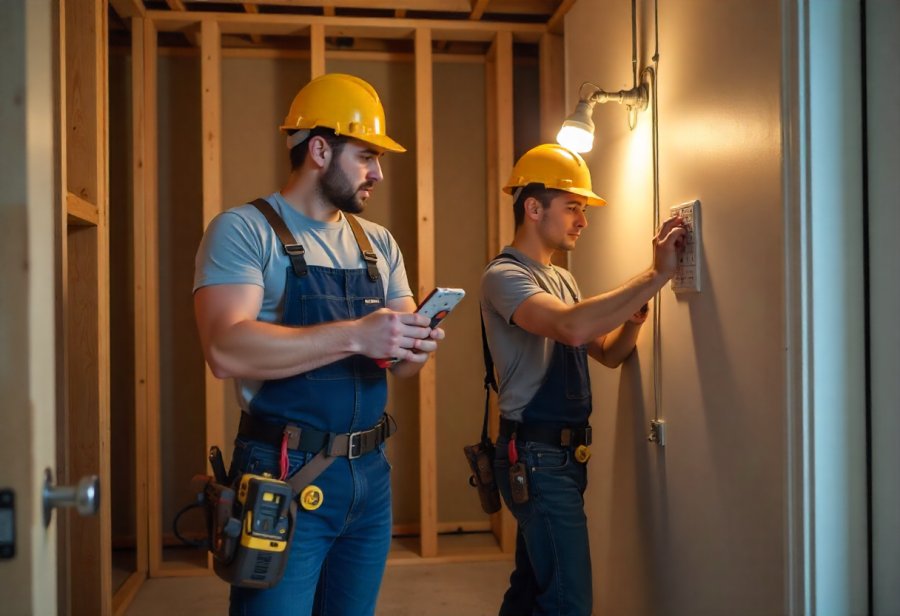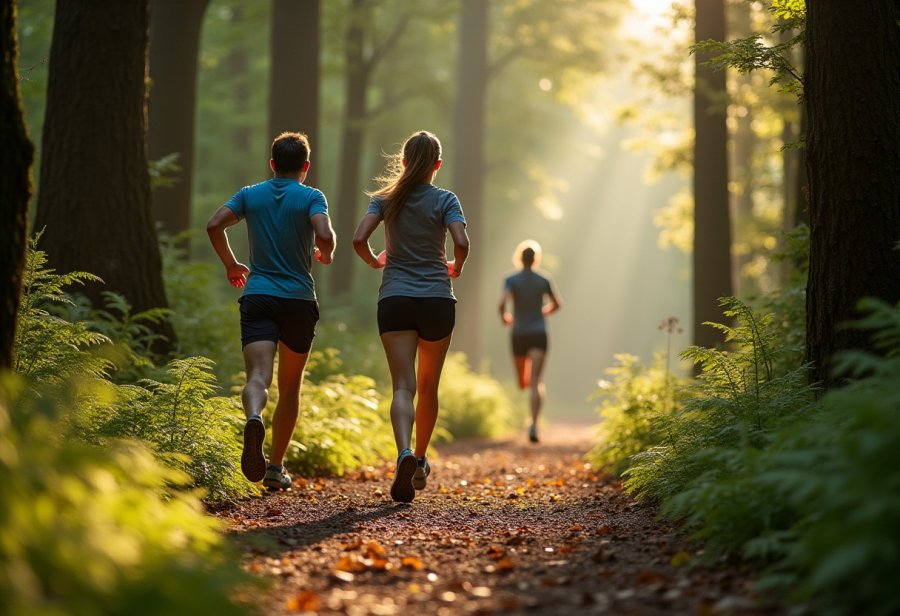Learning to ride a bike is more than just mastering pedals and wheels; it is a profound symbol of courage, independence, and family bonding. This journey involves overcoming fears of falling, building resilience, and trusting oneself—lessons that extend beyond the physical skill. Do small setbacks and wobbles diminish the thrill of independence, or do they reinforce perseverance? The process emphasizes patience, gradual progression, and a supportive environment where children learn that falling is part of growth. With innovative tools like balance bikes and community programs, the future of bike education promises more inclusive, confidence-building experiences. As children navigate their first rides, they develop not only physical skills but emotional strength—traits that shape their approach to life’s challenges. Could these wobbling beginnings lead to lifelong resilience and a love of adventure? Ultimately, teaching a child to ride becomes a celebration of effort, trust, and the exhilarating freedom that comes with perseverance.
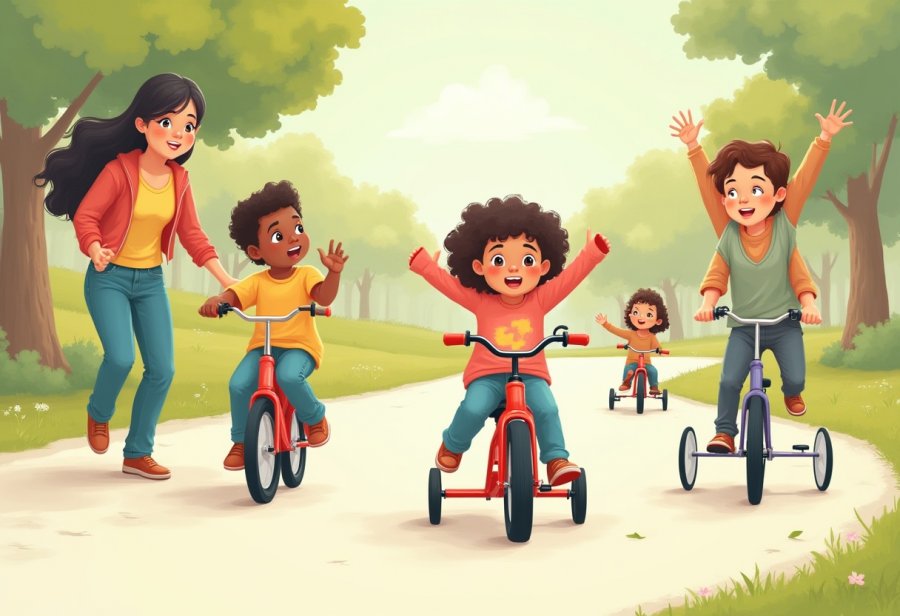
Discover the Deep Significance of Learning to Ride a Bike
Learning to ride a bike isn’t just about pedals and wheels; it’s a milestone that captures something much deeper—courage, family bonds, and independence. For kids, those first wobbly attempts often feel like stepping into a new world, full of excitement and a touch of fear. Parents watch with pride and nervousness, knowing this moment is about more than just mastering a skill; it’s about shaping confidence and resilience.
This experience is as much emotional as it is physical. When children finally find their balance and take off on their own, it becomes a memory that leaves a lasting impression on everyone involved. Those small victories—whether a few seconds of steady riding or a successful turn—are moments of triumph that boost their belief in themselves. It’s a step toward independence that feels empowering and liberating.
Learning to ride also deepens family connections. The shared effort—parents gently pushing, offering encouraging words, or simply being present—turns the process into a bonding experience. These moments of support and patience help children feel safe and loved as they face new challenges. With each wobble and fall, they learn that setbacks are part of growth, and that perseverance pays off.
Beyond the physical skill, riding a bike symbolizes trust—trust in their own abilities and in those around them. As children practice in safe environments, they develop resilience, understanding that falling is just part of the journey toward mastery. Over time, their confidence builds, and every small success reinforces their sense of independence and control.
The magic of this milestone lies in the support shared along the way. When children feel supported and encouraged, they become more willing to try, stumble, and get back up. These experiences teach them that setbacks are temporary and that persistence leads to progress. It’s a lesson that extends well beyond bikes, shaping their approach to challenges in life.
Ultimately, learning to ride a bike is about more than just transportation. It’s a rite of passage that nurtures courage, patience, and resilience. The wobbling, falling, and rising again all contribute to a sense of strength and self-trust. For many, it’s a foundational moment—one that sets the stage for a lifetime of adventure, independence, and growth.
Building a Solid Foundation for Successful Riding
Learning to ride a bike involves more than just getting the pedals turning; it’s about building a foundation of physical skills and mental confidence that work together. Kids typically go through a series of stages that gradually boost their comfort and independence. The first step often involves familiarizing themselves with the bike—learning to steer, brake, and stay upright—usually with support from training wheels or balance bikes. These tools help children trust their control without the fear of falling, making early experiences less intimidating and more encouraging.
Psychologically, riding is a journey of overcoming fears and developing resilience. Children often feel a mix of excitement and anxiety, especially about losing balance or wobbling. Support from parents and caregivers plays a vital role here, offering reassurance and creating a safe environment for exploration. By encouraging small challenges—like balancing on a flat surface or riding short distances—they learn that setbacks are normal and manageable. Each wobble or stumble becomes a stepping stone, fostering perseverance and a growth mindset.
Building trust in their abilities is key to progress. Repeated practice in open, safe spaces helps children read their bike’s responses and respond confidently. As they see improvement—whether it’s riding a few meters steadily or making a turn—they gain confidence in their skills. This gradual process of mastering physical control and mental resilience forms a solid base for future independence on two wheels. It’s not just about riding; it’s about cultivating a mindset that embraces effort and persistence.
Support from family and peers amplifies this learning. Celebrating small wins, like balancing without wobbling or riding a bit farther, motivates children and reinforces their sense of achievement. Creating a positive atmosphere—using encouraging words, safety gear, and sharing stories of others’ progress—helps keep their enthusiasm alive. When children feel secure and supported, they’re more willing to take risks and try again after falls or wobbles, transforming setbacks into valuable learning moments.
Patience remains essential throughout this process. Some days, children will progress swiftly; on others, they’ll need more encouragement. When wobbling or falling happen, reminding kids that it’s part of learning helps reduce anxiety. Focusing on effort rather than perfection fosters resilience and confidence. Short, playful practice sessions in safe spaces make the experience fun and rewarding, ensuring that riding becomes a joyful activity rather than a daunting task. This approach sets the stage for lasting skills and a love of cycling.
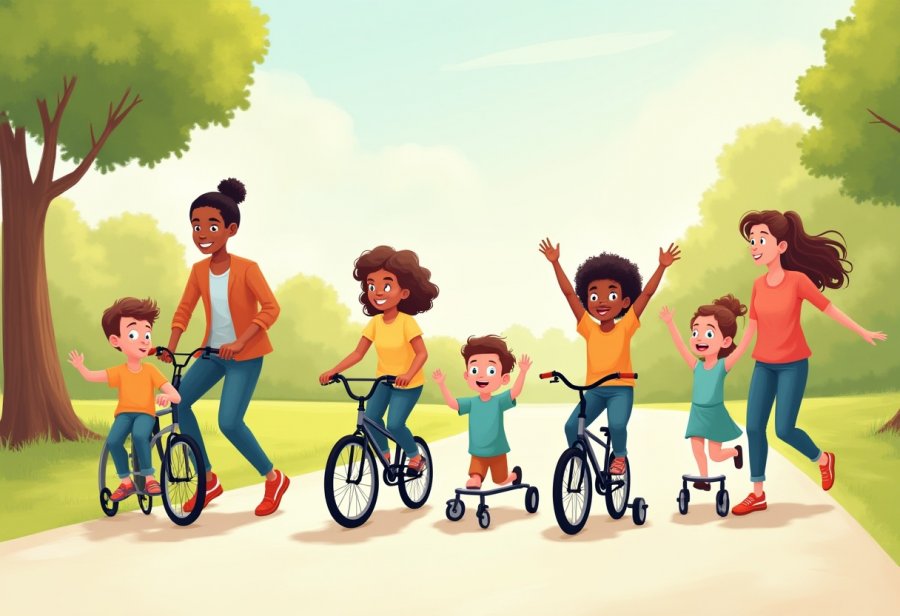
Mastering the Step-by-Step Process of Teaching Kids to Bike
Teaching a child to ride a bike is as much about understanding the process as it is about guiding them through each step. A popular starting point is the “balance-first” approach, which emphasizes mastering stability before adding pedaling. Kids often find it less intimidating to focus on balancing on a bike or a balance bike without the complexity of pedaling right away. This foundational skill helps them develop an intuitive sense of control, making the transition to pedaling smoother and more natural.
Breaking down the learning process into clear, manageable stages makes it less overwhelming for children. Begin with steering and balancing on flat surfaces, allowing them to get comfortable with their bike’s responses. Once they can maintain stability, add in pedaling, then gradually introduce steering and braking. Each milestone offers a sense of achievement, reinforcing their confidence and motivation to progress. This step-by-step progression keeps the experience positive and encourages persistence.
Support tools like training wheels or balance bikes suit different ages and personalities. Balance bikes are excellent for developing core skills early on, while training wheels can help children gain confidence with pedaling and steering. Some children respond better to a gradual removal of support, riding first with training wheels, then with balance bikes, and finally on a pedal bike without assistance. Tailoring the approach to each child’s needs ensures they stay engaged and feel successful at every stage.
Addressing fears around falling is crucial. Providing safety gear—helmets, pads, sturdy shoes—fosters a sense of security. When kids feel protected, they’re more willing to take risks and try new skills, understanding that falls are part of learning. Celebrating small successes like balancing without wobbling or riding a few meters confidently helps reinforce their progress, making setbacks seem like normal steps rather than failures.
Practicing in open, safe environments like parks or quiet driveways creates the ideal setting for learning. Short, focused sessions—each targeting specific skills—build muscle memory and confidence. After each ride, discussing how they felt and what they learned helps children process their experience and set new goals. Praise for effort over perfection nurtures a growth mindset, encouraging them to see every wobble or fall as a chance to improve.
Patience and consistency are key. Some days, children will master a skill quickly; other times, they’ll need extra encouragement. When wobbling or falling happen, reminding them that setbacks are normal keeps frustration at bay. Short, playful practice routines make the process fun, fostering a love for riding rather than viewing it as a chore. Over time, these small, positive experiences accumulate into lasting confidence.
Using gentle encouragement and celebrating every effort turns each practice into a joyful adventure. When children associate biking with fun and support, they become eager to try again after every wobble. This resilience not only helps them develop riding skills but also builds emotional strength that benefits other areas of life. The process is a journey of trust—trust in themselves, in their abilities, and in the support around them.
By understanding and guiding through these stages thoughtfully, parents and caregivers help children see riding as more than a skill—it becomes a symbol of perseverance, independence, and courage. Every wobble, fall, and triumphant ride is an opportunity to foster resilience and confidence. When approached with patience and positivity, teaching a child to ride becomes a shared adventure that leaves a lasting mark of growth and joy.
As children gain more confidence, exploring safe routes and practicing regularly can greatly enhance their skills. For parents seeking additional guidance and resources, discovering effective tips and techniques can make the learning process even smoother. To deepen your understanding of how to support your child’s biking journey, check out this helpful guide on teaching kids to bike.
Practical Tips to Turn Learning into a Joyful Adventure
Practicing in safe, open spaces is one of the best ways to build confidence and reinforce skills. Parks, quiet driveways, or empty parking lots provide the ideal environment for kids to focus on balancing, pedaling, and steering without the distractions or dangers of busy streets. Short, regular sessions help make learning feel familiar and fun, encouraging kids to approach riding with enthusiasm rather than hesitation. When they know they’re in a safe space, they tend to relax and enjoy the process, which makes progress feel natural rather than stressful.
Encouraging children to wear proper safety gear—helmets, knee and elbow pads, sturdy shoes—adds an extra layer of reassurance. When kids feel protected, they’re more willing to take risks and try new skills. Framing safety gear as part of the adventure, rather than a hindrance, helps them see falls as normal steps in learning, not failures. This mindset reduces anxiety and fosters resilience, so each stumble becomes a chance to learn rather than a setback.
Breaking practice into manageable, focused steps keeps things clear and motivating. Starting with balancing exercises on flat surfaces, then progressing to gentle pedaling, and finally working on steering and braking creates a natural flow. Celebrating small victories—like balancing without wobbling or riding a few meters confidently—reinforces their sense of achievement and keeps motivation high. These little successes accumulate, giving kids tangible proof of their progress and encouraging them to push further.
After each ride, take a moment to reflect with your child. Ask how they felt, what was easy, and what was challenging. Listening carefully helps identify where they need extra support or encouragement. If they struggled with steering, spend additional time practicing turns. If they’re proud of pedaling longer, celebrate that achievement loudly. This reflection makes the learning process more responsive and personalized, keeping kids engaged and eager to improve.
Patience remains essential. Some days, kids will progress quickly; on others, they’ll need more encouragement. When wobbling or falling happen, remind them that setbacks are part of the journey. Praising effort and resilience rather than perfection helps build confidence and reduces frustration. Keep practice sessions short, lively, and filled with positive reinforcement to maintain a joyful atmosphere. When riding feels fun, children are more likely to stay motivated and eager for the next challenge.
Finally, creating a relaxed, supportive environment turns every practice into a positive adventure. Use playful language, cheer loudly for small wins, and show genuine enthusiasm. When children associate riding with fun and support, they develop a love for cycling that lasts. Over time, these simple strategies help transform wobbling beginners into confident riders, ready to embrace new challenges with a smile. Each session is a step toward independence, resilience, and the joy of movement.
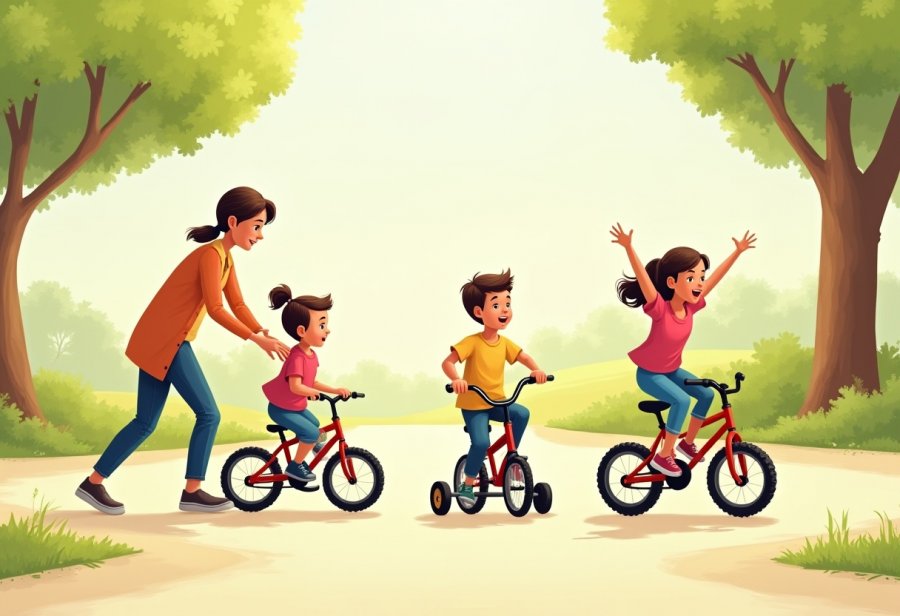
Embracing the Future of Bike Learning and Cultivating Courage
Looking ahead, teaching kids to ride bikes is becoming more innovative and inclusive than ever before. New tools like lightweight balance bikes and interactive coaching apps make learning safer and more engaging. These resources allow children to develop their skills at their own pace, offering real-time feedback that boosts confidence and encourages persistence. As awareness around safety and emotional resilience grows, community programs and school initiatives dedicated to bike education are expanding, helping make this essential skill accessible to children from all backgrounds.
Fostering courage remains at the core of this journey. Teaching children to face their fears—whether wobbling, falling, or losing control—shapes their mindset beyond cycling. Every fall becomes an opportunity to learn resilience, and every successful ride reinforces their sense of independence. When children are supported and celebrated for their efforts, setbacks are seen as normal steps toward growth, not failures. This attitude of perseverance and self-trust influences how they approach challenges in many areas of life.
The focus is shifting from merely mastering the skill to nurturing a resilient attitude. Creating low-pressure environments where children feel safe to wobble, fall, and try again helps build their confidence naturally. Such supportive spaces not only speed up their learning but also foster a lifelong love of activity and exploration. When riding is associated with fun and encouragement rather than fear, children are more eager to embrace new challenges with enthusiasm.
The broader cycling culture is also evolving. Communities increasingly recognize biking as vital for independence and sustainability. Efforts to improve safe infrastructure and promote early bike education cultivate a generation of confident, active, and self-reliant individuals. As children learn to ride and feel empowered, they often become advocates for active transportation and healthy living, creating a positive cycle of growth and community well-being.
Making the learning process enjoyable and inclusive means trusting in the journey itself. Every wobble, fall, and triumphant ride is a lesson in persistence, shaping not just skilled riders but resilient individuals. When adults prioritize patience and support over perfection, children develop a growth mindset that lasts a lifetime. These lessons extend far beyond bikes, encouraging a lifelong approach of facing challenges with confidence and resilience.
Supporting children’s bike journey with patience and positivity fosters a sense of adventure and independence. When setbacks are framed as part of learning, children become more willing to take risks, learn from mistakes, and celebrate progress. This mindset helps them see challenges as opportunities rather than obstacles, building their emotional strength and confidence in all areas of life.
Ultimately, teaching kids to ride is about more than pedals and wheels. It’s about nurturing courage, patience, and resilience—values that will serve them well long after they outgrow their training wheels. As new tools and supportive environments continue to develop, more children will experience the joy, freedom, and confidence that come with riding a bike, setting the foundation for a lifetime of growth, exploration, and adventure.




